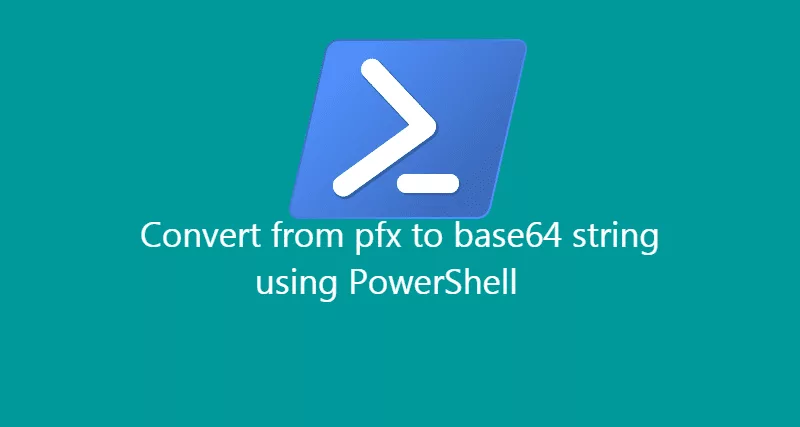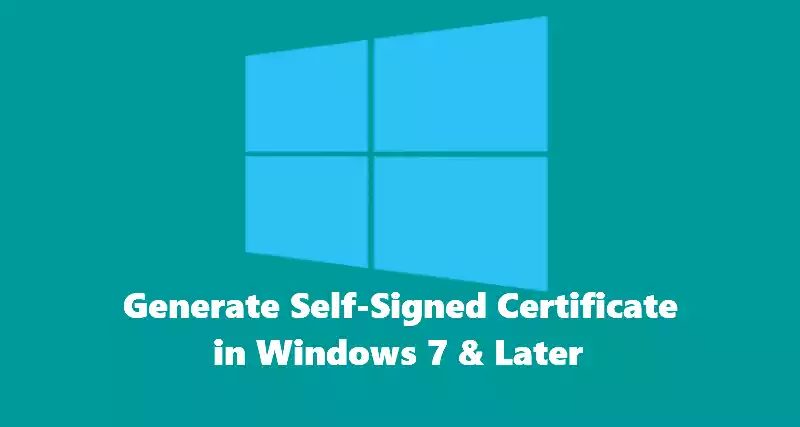Basic authentication is a simple and widely used method for making authenticated requests to web services. In PowerShell, the Invoke-RestMethod cmdlet is a powerful tool for interacting with REST APIs. This blog post will guide you through the basics of using Invoke-RestMethod with basic authentication, complete with example code to illustrate the process.
Understanding Basic Authentication
Basic authentication is a method where the client sends the username and password encoded in Base64 as part of the request header. It’s important to note that while easy to implement, basic authentication is not secure by itself and should always be used over HTTPS to protect the credentials.
Using Invoke-RestMethod with Basic Authentication
PowerShell’s Invoke-RestMethod cmdlet makes it straightforward to perform REST API requests. To use basic authentication, you’ll need to include an authorization header with your request. Here’s a step-by-step guide:
Step 1: Encode Credentials
First, you need to encode your username and password in Base64. This can be done easily in PowerShell:
# Define your username and password
$username = "your_username"
$password = "your_password"
# Combine username and password
$pair = "$username:$password"
# Encode the combined string in Base64
$encodedCredentials = [Convert]::ToBase64String([Text.Encoding]::ASCII.GetBytes($pair))
# Create the authorization header
$headers = @{
Authorization = "Basic $encodedCredentials"
}Step 2: Make the REST API Request
With the credentials encoded and the authorization header set, you can now use Invoke-RestMethod to make the authenticated request. Here’s an example:
# Define the API endpoint URL
$url = "https://api.example.com/data"
# Make the request with the authorization header
$response = Invoke-RestMethod -Uri $url -Headers $headers -Method Get
# Output the response
$responseComplete Example
Putting it all together, here is the complete example code:
# Step 1: Encode credentials
$username = "your_username"
$password = "your_password"
$pair = "$username:$password"
$encodedCredentials = [Convert]::ToBase64String([Text.Encoding]::ASCII.GetBytes($pair))
$headers = @{
Authorization = "Basic $encodedCredentials"
}
# Step 2: Make the REST API request
$url = "https://api.example.com/data"
$response = Invoke-RestMethod -Uri $url -Headers $headers -Method Get
# Output the response
$responseBenefits and Best Practices
Benefits
- Ease of Use: Basic authentication is simple to set up and use, making it suitable for quick tests and simple integrations.
- Compatibility: It is widely supported across different platforms and programming languages.
Best Practices
- Use HTTPS: Always use HTTPS to encrypt the credentials and protect them from being intercepted.
- Avoid Hardcoding Credentials: Store credentials securely and avoid hardcoding them in scripts. Use secure methods like environment variables or secure credential stores.
- Rotate Credentials Regularly: Regularly update and rotate credentials to minimize security risks.
Using Invoke-RestMethod with basic authentication in PowerShell is a straightforward process that involves encoding your credentials and setting the appropriate headers. While convenient, always ensure you are following best practices to keep your credentials secure. Happy scripting!
By following this guide, you can easily integrate basic authentication into your PowerShell scripts and interact with REST APIs securely and efficiently.

